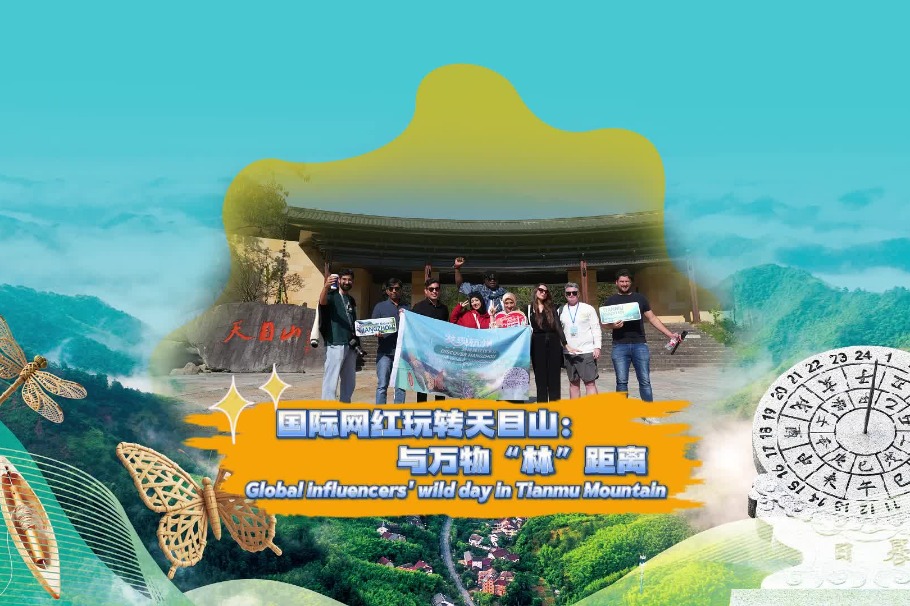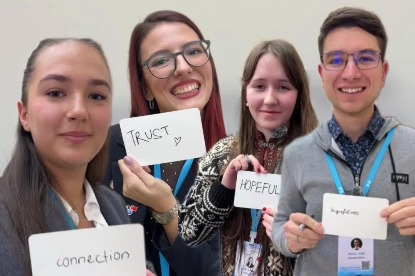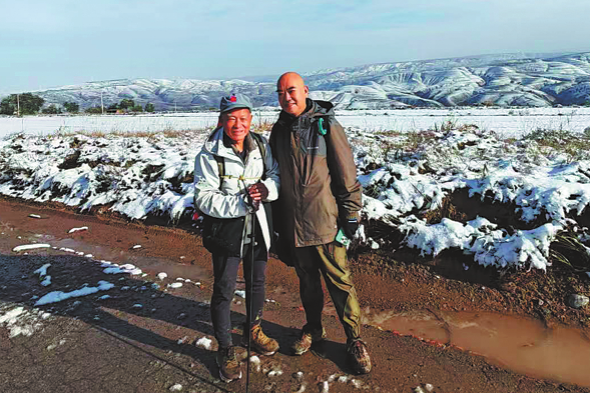Into a heritage metaverse


Creating new stories
The Crane's Nest project will be made fully available across the globe on July 20, 2023 - the 50th anniversary of Lee's death.
At present, visitors can only make some simple interactions in the virtual Crane's Nest by wearing VR headsets and handles, walking around the garden or searching for hidden postcards with Lee's handwriting.
In the future, the two-story townhouse will be open to the public, featuring Lee's living room, dining room and training room. They will be able to access all the activities, including gamelike interactions and events.

Anthony Kong Pui-keung, assistant professor of the School of Design at the Hong Kong Polytechnic University, and program leader of the school's Master of Science in Multimedia and Entertainment Technology program, is involved in the virtual reconstruction of Lee's home. He envisages re-creating the mansion in the metaverse in three stages - reproducing the virtual architectural scene, creating a sensory perception of people in the metaverse, and telling the stories or collective memories created by visitors in the virtual world.
As advances in space capture technologies, such as photogrammetry, 3D modeling and spatial mapping, have given metaverse architecture many photorealistic virtual experiences, Kong believes that new stories and new experiences are the real ultimate key to the conservation of historic buildings and other cultural heritage assets in the metaverse.
For example, if visitors to Lee's home could spar with the actor and re-create the martial arts event in the virtual world, this would give a deeper understanding of Lee's character, and the context in which he had lived, rather than a pale replica of that scene. In such a way, even non-Lee fans would be steep in the scenario and create their own memories through immersive interaction, says Kong.

He likens new stories to the soul of cultural heritage transmission. "The interactive function in the metaverse gives rise to the possibility of future generations creating their own new stories in it and injecting fresh blood into the continuation of cultural heritage," he said.
Digital culture is characterized by playfulness, cinematography, storytelling and surrealism, says Kong. When putting the conservation of ancient architectural heritages into the metaverse, one is inclined to create something new in its original context, rather than a replica of history - creating new stories in live based on previous historic ones.
"The functionality of the built heritages will degrade with the evolution of the times," Kong says. "To preserve them in the physical or virtual world, it's most important to give them a new function. The story might not be 100 percent equal to facts or realities, but it contains our collective memory."
- Five years after eliminating absolute poverty: where China stands and what comes next
- China mandates no less than 2 hours of daily physical activity for school students
- Study finds young-onset dementia outpacing late-onset dementia in China
- Chinese 'lunar soil bricks' return from space, paving way for construction on moon
- Over 10,000 reports of persecution of Taiwan compatriots by separatists received
- Mainland increases entry points for Taiwan compatriots





































